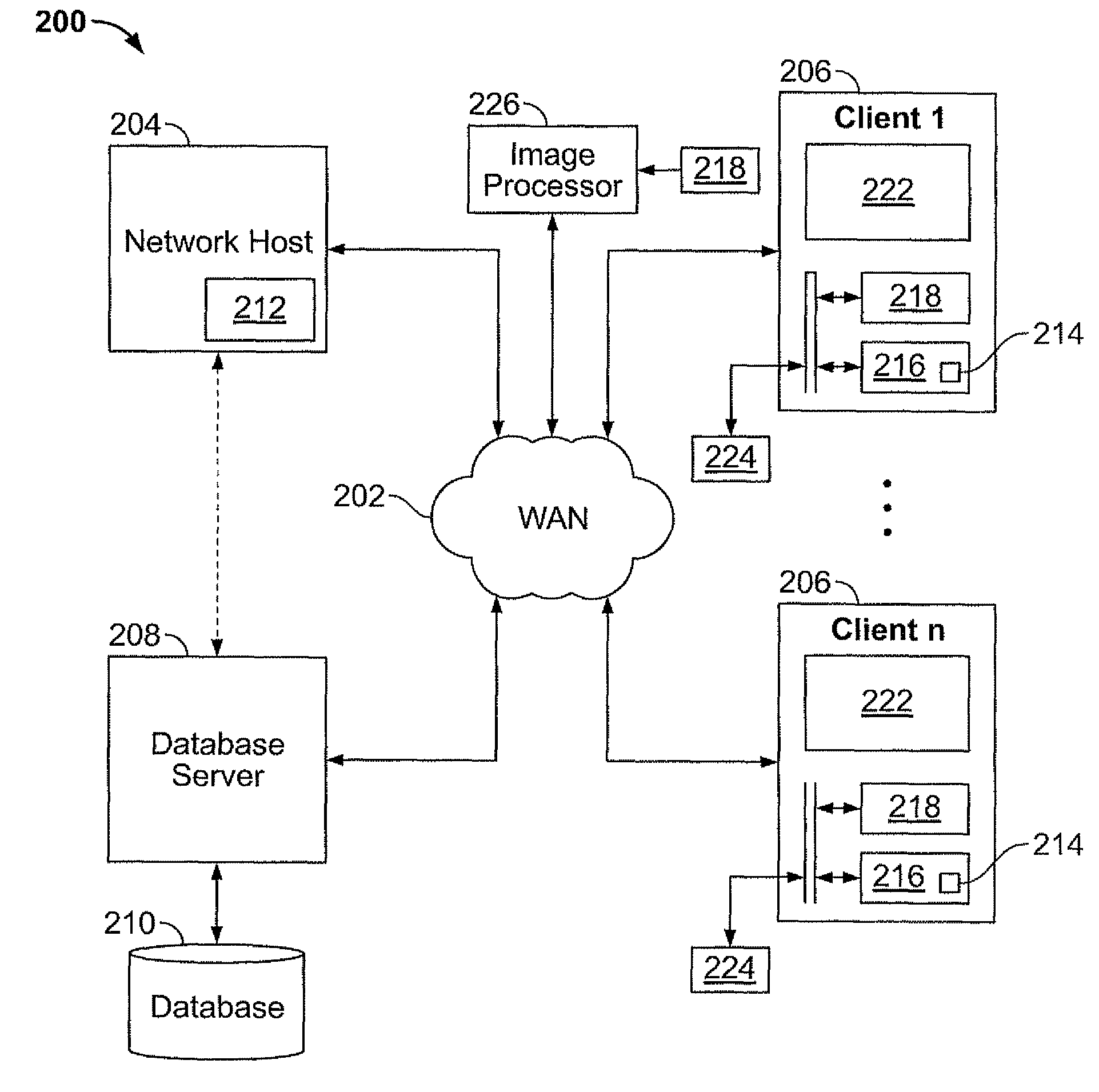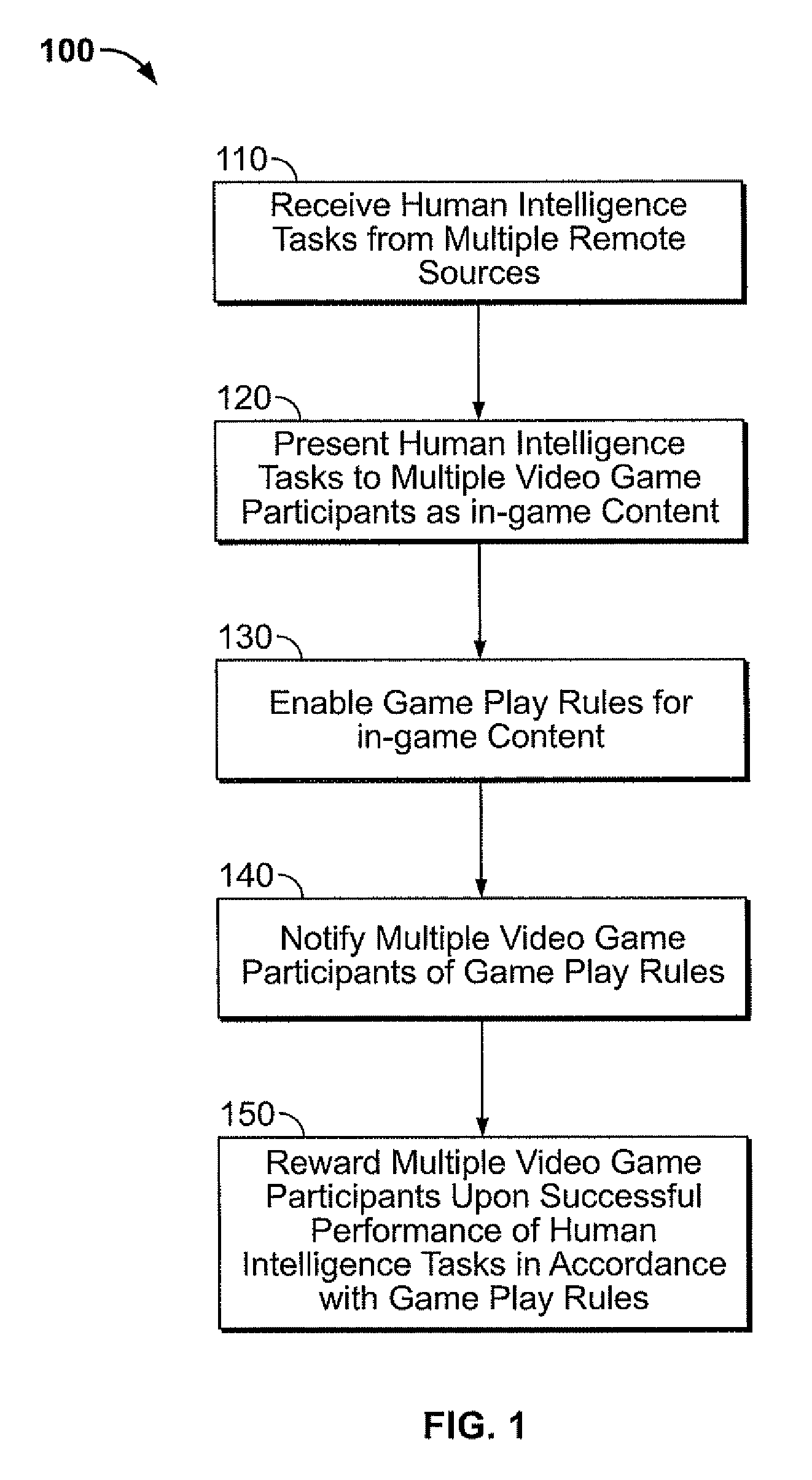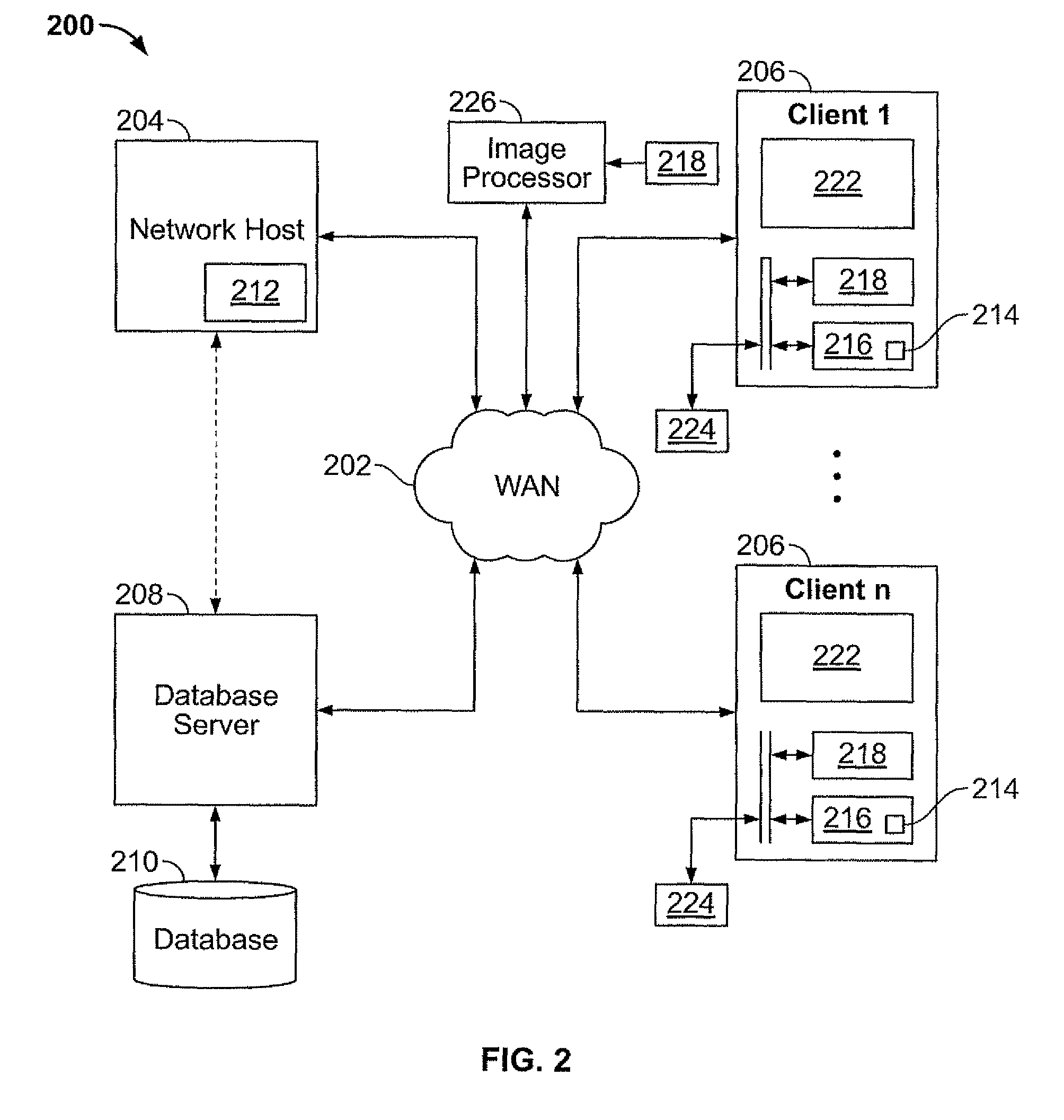Entertainment system for performing human intelligence tasks
a technology of human intelligence and entertainment system, applied in the field of gaming system, can solve the problems of failure, difficulty in performing various processing tasks using an automated algorithm, and relatively trivial for a human operator,
- Summary
- Abstract
- Description
- Claims
- Application Information
AI Technical Summary
Benefits of technology
Problems solved by technology
Method used
Image
Examples
Embodiment Construction
[0021]FIG. 1 is a flow diagram showing exemplary steps of a method 100 of performance of human intelligence tasks in a video game context, as may be performed by an entertainment system for solving problems using human intelligence input. An exemplary system is described later in the specification. At 110, the system may receive human intelligence tasks from multiple remote sources. The human intelligence tasks may comprise identifying photographs or parts of photographs, identifying sounds, or identifying or otherwise indicating any type of audio, video, routing or other type of data. The multiple remote sources may be businesses, online resources, or any other source that requires human intelligence to perform tasks.
[0022]At 120, the system may present the human intelligence tasks to multiple video game participants as in-game content. The in-game content may be quasi-content, meaning that the video game programmers did not specifically include the content as part of the video gam...
PUM
 Login to View More
Login to View More Abstract
Description
Claims
Application Information
 Login to View More
Login to View More - R&D
- Intellectual Property
- Life Sciences
- Materials
- Tech Scout
- Unparalleled Data Quality
- Higher Quality Content
- 60% Fewer Hallucinations
Browse by: Latest US Patents, China's latest patents, Technical Efficacy Thesaurus, Application Domain, Technology Topic, Popular Technical Reports.
© 2025 PatSnap. All rights reserved.Legal|Privacy policy|Modern Slavery Act Transparency Statement|Sitemap|About US| Contact US: help@patsnap.com



